
When it comes to doing laundry, most people rely on modern washing machines to get the job done. However, there are situations where traditional methods are necessary or even preferred. In these cases, a hand crank washing machine can be a lifesaver.
A hand crank washing machine is a manual, non-electric device that is used to wash clothes. It typically consists of a tub or basin for water, a hand crank mechanism, and a wringer. The user operates the machine by turning the hand crank, which agitates the clothes in the water and helps to remove dirt and stains. After washing, the clothes are passed through the wringer to remove excess water before being hung to dry.
Hand crank washing machines have been used for centuries, with different variations being found in cultures around the world. They were commonly used in rural areas where electricity was scarce or unreliable, as well as in situations such as camping trips or during power outages. Today, hand crank washing machines are still used by those who prefer a more sustainable and energy-efficient way of doing laundry, as well as by those who enjoy the simplicity and satisfaction of manual labor.
In this ultimate guide to hand crank washing machines, we will explore the history and evolution of these devices, their benefits and limitations, and provide tips and tricks for using them effectively. Whether you’re looking for a backup laundry solution or are interested in reducing your environmental impact, this guide will help you make an informed decision about whether a hand crank washing machine is right for you.
How Hand Crank Washing Machines Work

A hand crank washing machine is a manual, non-electric device used for washing clothes. It is typically used in situations where electricity is not available or as a sustainable alternative to traditional washing machines.
Hand crank washing machines work by utilizing a combination of mechanical and gravitational forces to clean clothes. The basic components of a hand crank washing machine include:
- Washing Tub: The washing tub is where the clothes are placed for cleaning. It is typically made of durable, waterproof material such as plastic or stainless steel.
- Agitator: The agitator is a paddle-like mechanism located inside the washing tub. When the crank is turned, the agitator moves around vigorously, agitating the clothes and helping to loosen dirt and stains.
- Drainage System: Hand crank washing machines are equipped with a drainage system that allows the dirty water to be drained out of the tub. This is usually done manually by opening a valve or removing a plug.
- Hand Crank: The hand crank is the main component of the washing machine that is used to manually rotate the agitator. By turning the crank, the user provides the necessary force to clean the clothes.
The process of using a hand crank washing machine involves the following steps:
- Loading: The user places the clothes to be washed inside the washing tub. It is important not to overload the machine to ensure proper cleaning.
- Water and Detergent: The user adds water and detergent to the washing tub. The exact amount may vary depending on the size of the load and the desired level of cleanliness.
- Agitation: The user starts turning the hand crank, which causes the agitator to move and agitate the clothes. This helps to remove dirt and stains.
- Rinsing: After the clothes have been agitated for an appropriate amount of time, the dirty water is drained out and replaced with clean water for rinsing. This process may need to be repeated multiple times.
- Wringing: Once the rinsing is complete, the user wrings out the excess water from the clothes. This can be done manually or with the help of a wringer attachment.
- Drying: The washed and wrung clothes are then hung up to dry. Depending on the climate and other factors, this can take anywhere from a few hours to a couple of days.
Hand crank washing machines offer several advantages over traditional electric washing machines. They are portable, require no electricity, and allow for a more sustainable way of washing clothes. While they may require more manual effort and time, they can be a practical solution in certain situations.
Benefits of Using Hand Crank Washing Machines
Hand crank washing machines offer several benefits over traditional electric washing machines. These benefits include:
- Portability: Hand crank washing machines are compact and lightweight, making them easy to carry and transport. They are perfect for camping trips, RVs, boats, or any situation where access to electricity is limited.
- Energy Efficiency: Since hand crank washing machines do not require electricity to operate, they are more energy-efficient compared to electric washing machines. They also help reduce carbon footprints, making them an eco-friendly choice.
- Cost-Effective: Hand crank washing machines are typically more affordable compared to electric washing machines. They have lower upfront costs and do not require additional expenses for electricity, making them a budget-friendly option.
- Gentle on Clothes: Hand crank washing machines use a gentle washing motion, which is ideal for delicate fabrics. They avoid the agitation and spinning common in electric washing machines, helping to extend the lifespan of clothes.
- No Installation Required: Hand crank washing machines are easy to set up and use. They do not require any installation or complicated plumbing connections. Simply fill the machine with water, add detergent, crank the handle, and drain the dirty water.
- No Noise: Hand crank washing machines operate silently since they do not contain any motors or electric components. This makes them suitable for use in quiet environments or during late hours without disturbing others.
In conclusion, hand crank washing machines offer the convenience of portability, energy efficiency, affordability, gentle washing, easy setup, and silent operation. They are a great alternative to electric washing machines, especially in situations where electricity is not readily available.
Choosing the Right Hand Crank Washing Machine
1. Capacity

When choosing a hand crank washing machine, one of the most important considerations is the capacity. You’ll want to select a machine that can handle the amount of laundry you typically wash. Think about how many items you typically wash at one time and choose a machine with a capacity that can accommodate that load.
2. Material
The material of the hand crank washing machine is another important factor to consider. Look for a machine made from durable materials such as stainless steel or high-quality plastic. These materials are more likely to withstand regular use and last longer.
3. Size and Portability
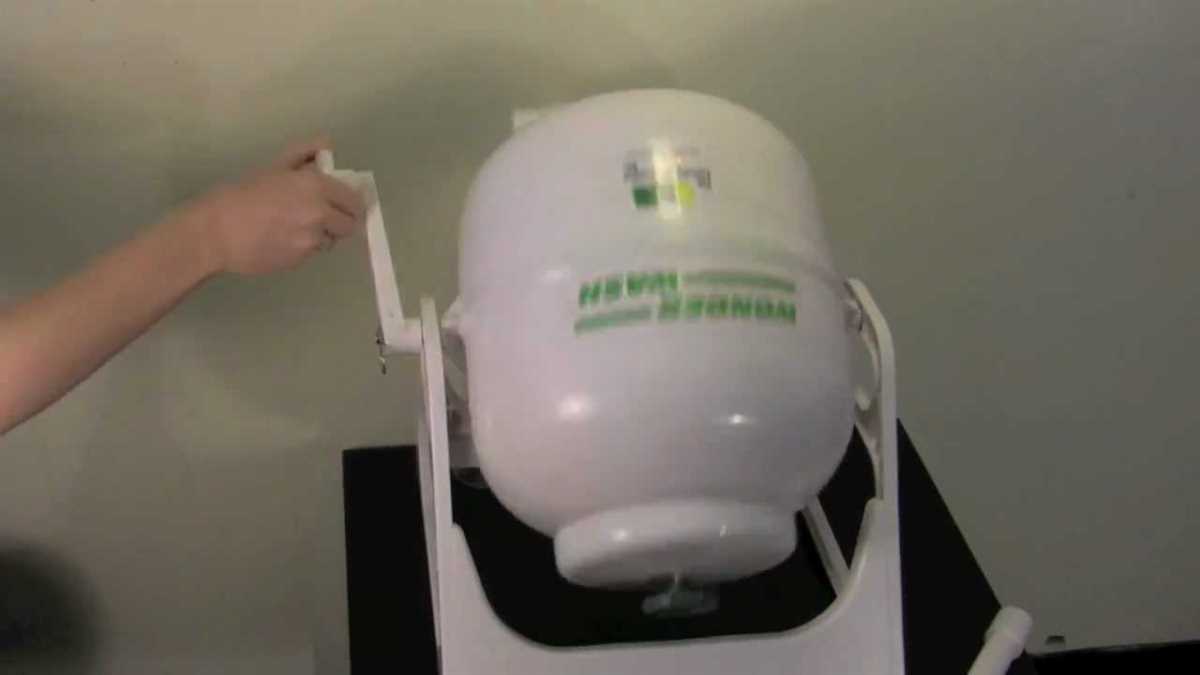
Consider the size and portability of the hand crank washing machine. If you have limited space or plan to use the machine for camping or other travel purposes, a compact and lightweight option may be ideal. However, if you have a larger household and will be using the machine frequently, a larger and sturdier model may be more appropriate.
4. Ease of Use
Look for a hand crank washing machine that is easy to use. Consider factors such as the simplicity of the crank mechanism, the ease of loading and unloading laundry, and any additional features that may make the washing process more convenient.
5. Price
Price is always a consideration when purchasing any product, and hand crank washing machines are no exception. Set a budget and look for a machine that falls within your price range. Keep in mind that higher-priced machines may offer additional features or higher quality materials, but you’ll need to weigh these factors against your budget.
6. Reviews and Ratings
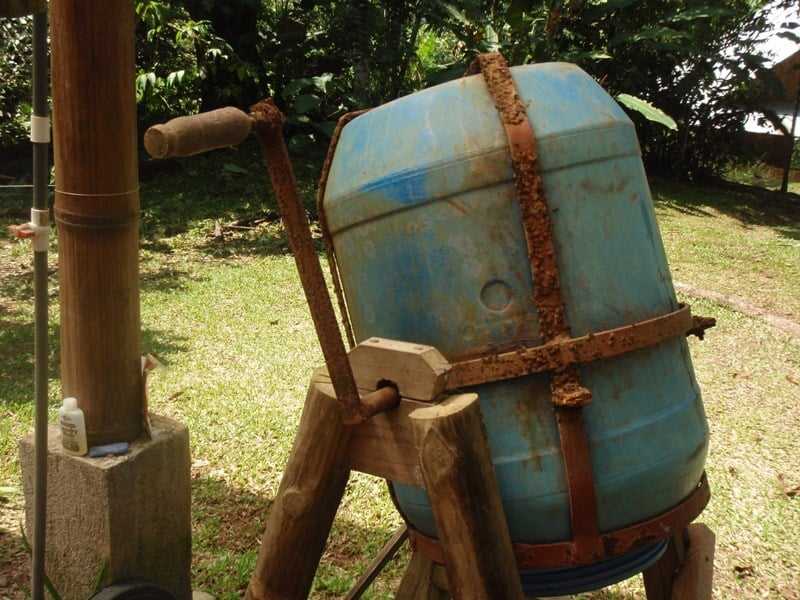
Before making a purchase, take the time to research and read reviews and ratings from other customers. This can give you valuable insight into the performance and durability of different hand crank washing machines. Look for machines with positive reviews and high ratings to ensure you’re choosing a reliable and effective product.
7. Additional Features
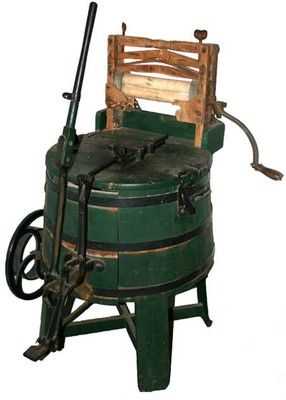
Consider any additional features or accessories that may enhance your washing experience. This could include things like built-in agitators, timers, or adjustable water levels. Think about what features are important to you and prioritize them when making your choice.
8. Warranty
Finally, check the warranty offered by the manufacturer. A good warranty can provide peace of mind and protect you against any potential defects or issues with the machine. Look for a machine that offers a reasonable warranty period and clear terms and conditions.
By considering these factors and doing some research, you can choose the right hand crank washing machine that meets your needs and fits within your budget. Remember to prioritize your specific requirements and preferences to ensure a satisfactory purchase.
Tips for Efficiently Using Hand Crank Washing Machines
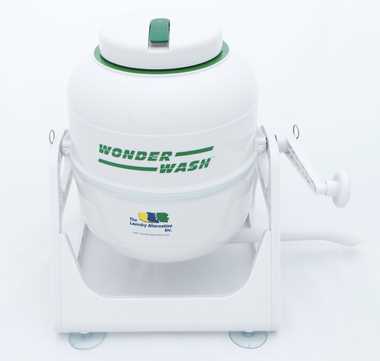
Hand crank washing machines can be a great alternative to traditional electric washing machines, especially in situations where electricity is limited or unavailable. To ensure efficient and effective use of a hand crank washing machine, consider the following tips:
1. Sort and Pre-treat Clothes
Prior to washing, sort your clothes into separate piles based on color, fabric type, and level of dirtiness. This will help you optimize the washing process and reduce the risk of color bleeding. Additionally, pre-treat any stains or heavily soiled areas using a suitable stain remover or detergent.
2. Use the Right Amount of Water
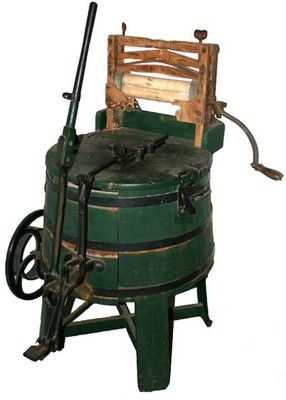
Fill the washing machine with just enough water to cover the clothes, as using too much water can make the process more difficult. However, make sure that the water level is sufficient to provide a thorough cleaning. A good rule of thumb is to have the water reach approximately 1 inch above the clothes.
3. Add the Detergent

Add a suitable amount of laundry detergent or soap according to the manufacturer’s instructions. It’s important not to use an excessive amount of detergent, as it can be difficult to rinse out completely without a running water source.
4. Start Cranking Slowly
Begin cranking the handle at a slow and steady pace, allowing the clothes to agitate in the water. This will effectively clean the garments without causing unnecessary strain on the machine or your arms. Avoid cranking too fast, as it may lead to tangling or damage to the clothes or machine.
5. Pay Attention to Washing Time
Hand crank washing machines usually require a longer washing time compared to electric machines. Ensure that you follow the recommended washing time indicated in the machine’s manual to achieve optimal cleaning results.
6. Consider Using a Washboard
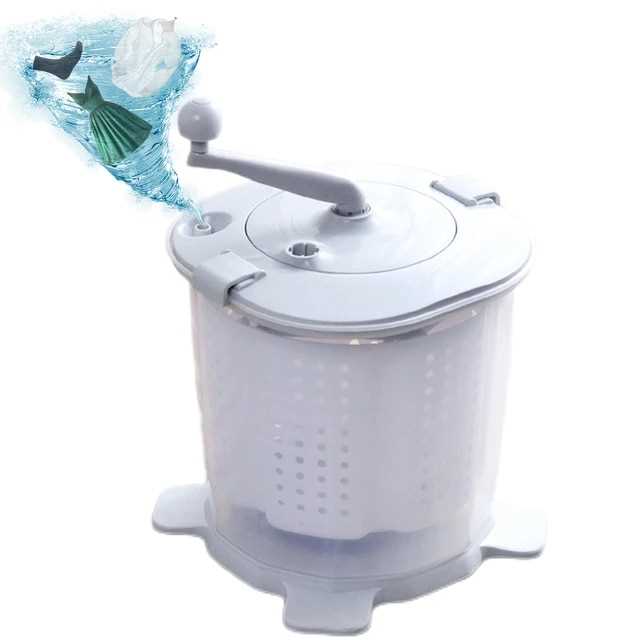
If your hand crank washing machine has a built-in washboard, utilize it to scrub extra dirty or stained areas. This will help to remove stubborn stains and improve the overall cleanliness of your clothes.
7. Rinse Thoroughly
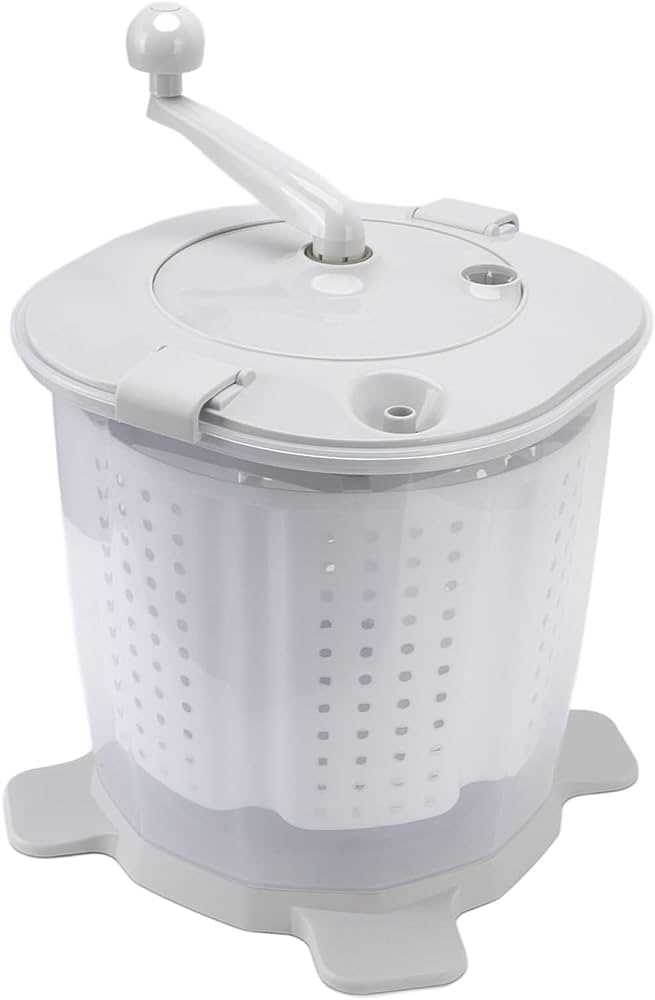
After the washing cycle is complete, drain the soapy water and refill the machine with clean water for rinsing. It may be necessary to rinse the clothes multiple times to remove all traces of detergent. Again, ensure that you have enough water for rinsing without excessive wastage.
8. Dry the Clothes
Once you have completed the rinsing process, remove the clothes from the machine and wring out any excess water. Hang the clothes in a well-ventilated area or use a clothesline to air dry them completely.
By following these tips, you can efficiently use a hand crank washing machine to effectively clean your clothes without the need for electricity. This eco-friendly and cost-effective method can be a valuable solution in various situations.
FAQ
What is a hand crank washing machine?
A hand crank washing machine is a manual washing machine that is operated by hand. It doesn’t require electricity or a motor to function.
How does a hand crank washing machine work?
A hand crank washing machine works by manually agitating the clothes in water and detergent. The user turns the crank to rotate the drum or agitator, which helps to clean the clothes.
What are the benefits of using a hand crank washing machine?
There are several benefits of using a hand crank washing machine. Firstly, it is eco-friendly as it doesn’t require electricity to operate. Secondly, it is portable and can be used in areas with no access to electricity. Lastly, it allows you to have control over the washing process and can be a great option for delicate fabrics.
Are hand crank washing machines effective in cleaning clothes?
Hand crank washing machines can be effective in cleaning clothes, although they may not be as efficient as electric washing machines. The effectiveness may vary depending on factors such as the quality of the machine, the type of clothes being washed, and the user’s technique.
Where can I buy a hand crank washing machine?
You can buy a hand crank washing machine online from various retailers. Some popular online marketplaces and websites that sell hand crank washing machines include Amazon, eBay, and specialised camping or off-grid living stores.
What is a hand crank washing machine?
A hand crank washing machine is a manually operated device used for washing clothes without the need for electricity. It involves a crank that needs to be turned to create the necessary agitation for washing.













